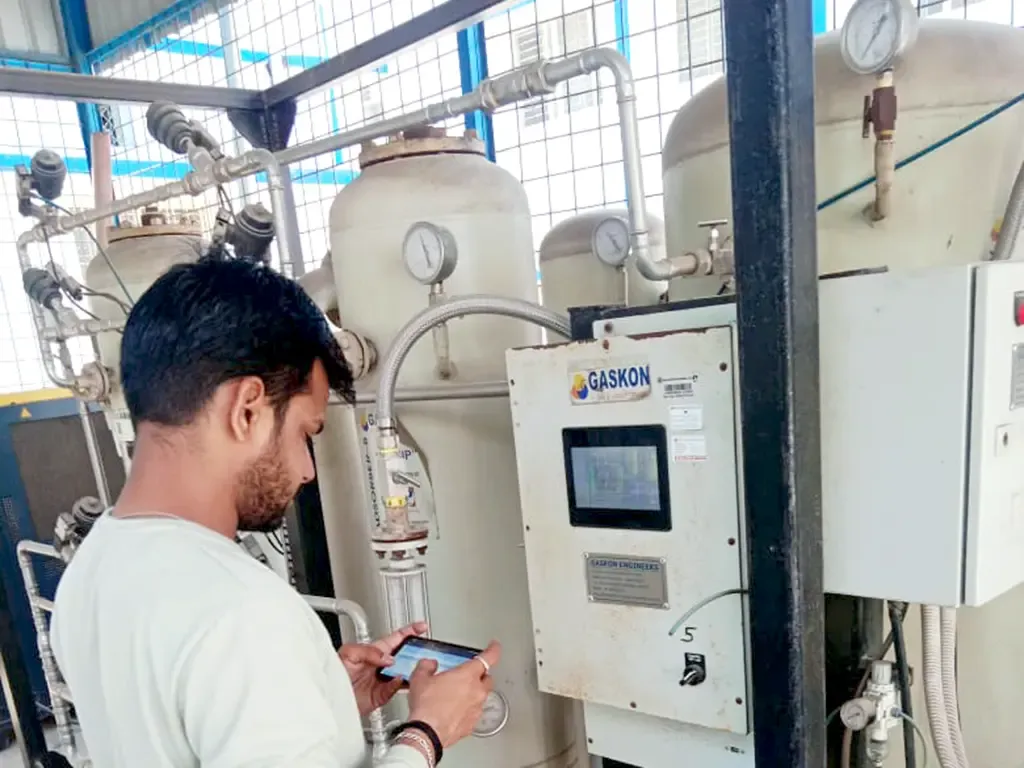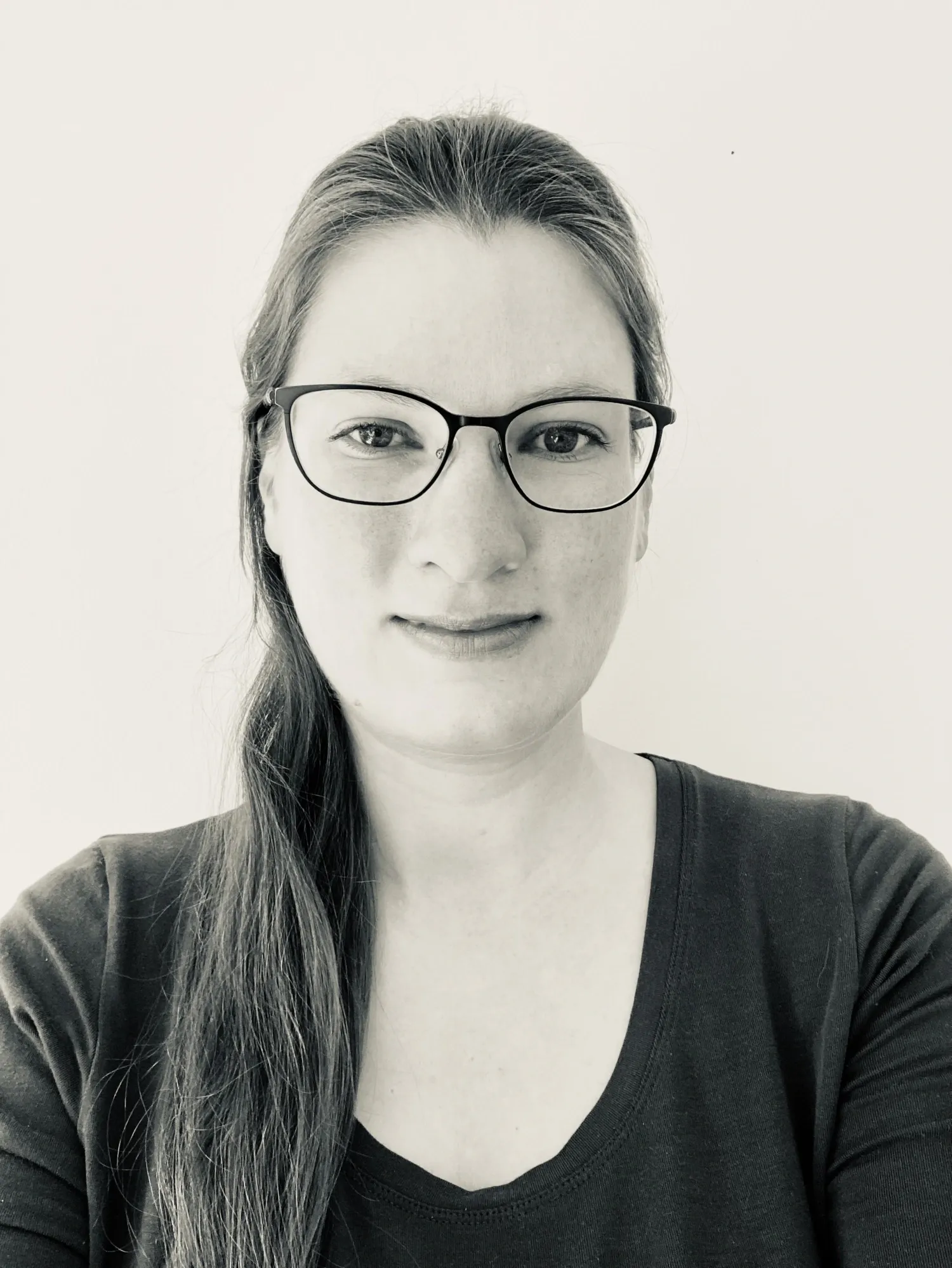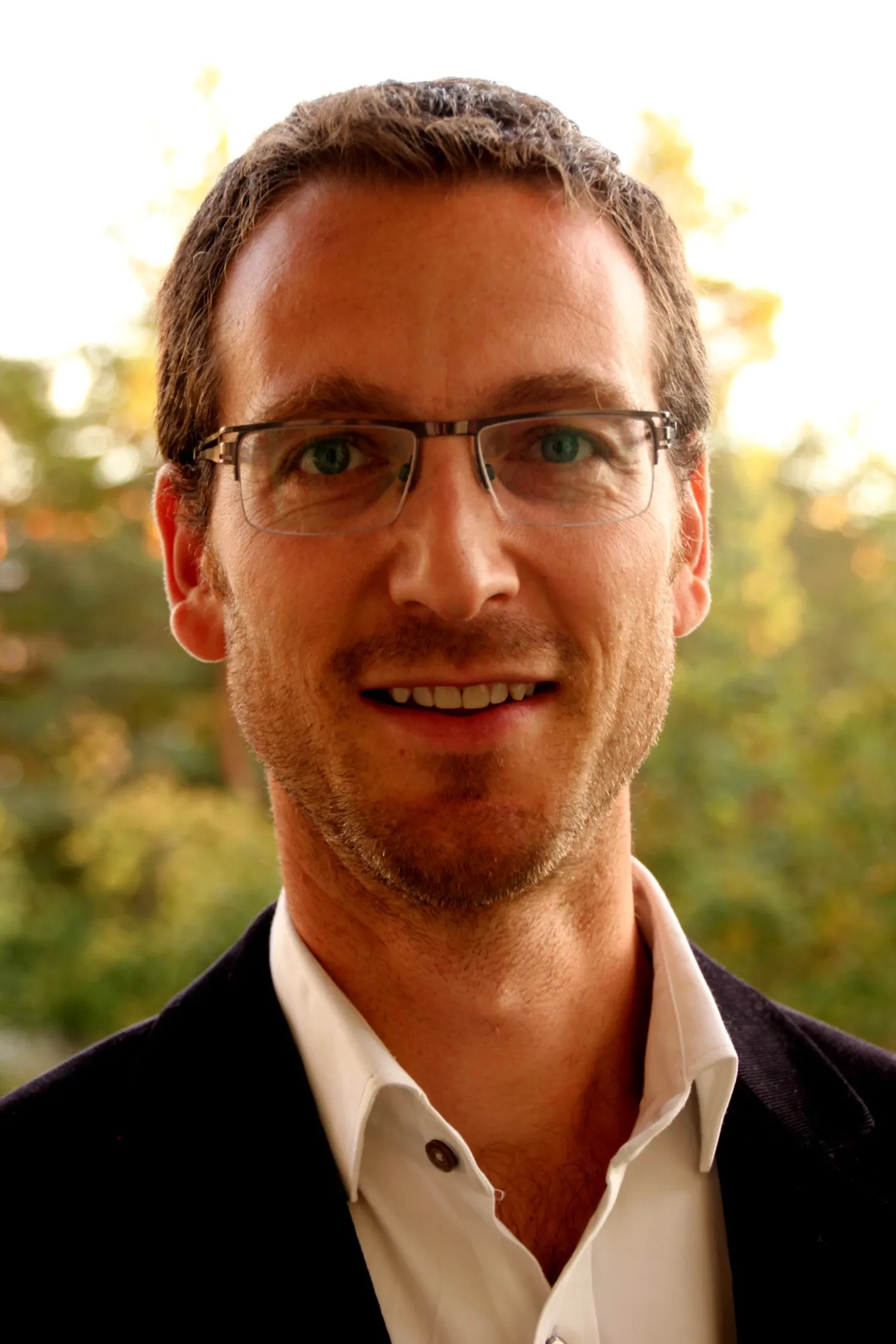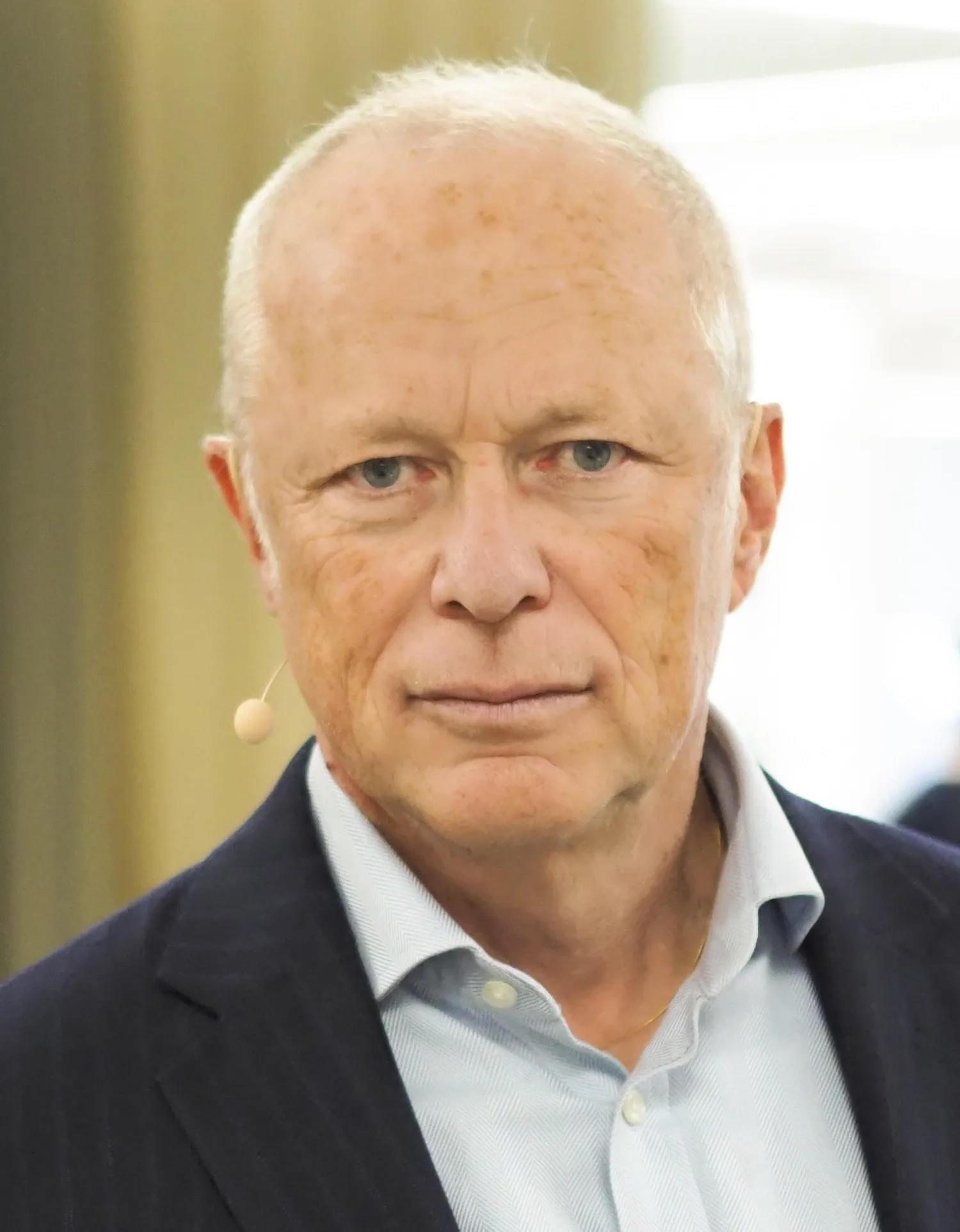Large differences in medical oxygen access cause suffering and death

Six out of every ten people in the world lack access to safe medical oxygen which is contributing to hundreds of thousands of preventable deaths each year and reducing the quality of life for millions more, according to a new report published in The Lancet Global Health.
Oxygen was first discovered in the 1700’s in Sweden and has been used clinically for 150 years. However, access to quality, affordable medical oxygen represents an unacceptable inequity in health and one that was dramatically exacerbated during the COVID-19 pandemic.
A new Commission, from The Lancet Global Health Commission on Medical Oxygen Security, estimates that 374 million newborns, children, and adults need medical oxygen each year – and this need is rising. With 82 percent of these patients living in low-and middle-income countries, huge gaps in access to medical oxygen have been reported.
Only 9 percent of patients in Sub-Saharan Africa who need oxygen, will receive quality, affordable oxygen services. These oxygen coverage gaps far exceed gaps for HIV/AIDS (23 percent) and tuberculosis (25 percent) treatment.
The Commission estimates an additional 6.8 billion US dollars annually is needed to close oxygen coverage gaps in low and middle-income countries, equating to 34 billion US dollars between 2025 and 2030.

"34 billion sounds like a lot of money – especially in current global climate but investing in oxygen is highly cost-effective – on par with investing in basic childhood vaccinations, and will have impacts beyond just those needing oxygen, through the strengthening of the wider systems needed to ensure quality medical oxygen services," says Carina King, associate professor at the Department of Global Public Health at Karolinska Institutet, and joint lead author of the report.
System-wide interventions
The Commission highlighted opportunities to intervene across the health system – improving healthcare and biomedical engineering capacity, investing in pulse oximetry at all levels of the health system, collaborating to scale up local innovations, and improving data systems to monitor key oxygen access indicators.

“Oxygen is cross-cutting, requiring coordination from the top levels of government, National oxygen task forces and road-maps are vital to bring together all stakeholders and ensure that oxygen systems are effective, sustainable, and integrated into the health system, ultimately benefitting people and saving lives,” says Tim Baker, associate professor at the same department, Karolinska Institutet.
52 recommendations for stakeholders
The Commission culminates in 52 recommendations targeted to major stakeholders including governments, industry, global health agencies, donors, civil society, and academic and research institutions.
In the final five years of the UN Sustainable Development Goals era, several challenges to global public health remain. Poor diet, smoking and ageing are increasing the burden of non-communicable diseases, while rising temperatures and air pollution, exacerbated by climate change, are slowing progress in reducing infectious diseases and deaths related to respiratory diseases.

"We need to invest in oxygen-systems to create sustainable and effective health care – because all of us will need medical oxygen at some point in life," concludes Stefan Swartling Peterson, professor at the Department of Global Public Health, Karolinska Institutet.
Publication
”Reducing global inequities in medical oxygen access: the Lancet Global Health Commission on medical oxygen security”, Hamish R Graham, Carina King, Ahmed Ehsanur Rahman, Freddy Eric Kitutu, Leith Greenslade, Masooma Aqeel, Tim Baker, Lucio Flavio de Magalhães Brito, Harry Campbell, Karen Czischke, Mike English, Adegoke G Falade, Patricia J Garcia, Mireia Gil, Stephen M Graham, Amy Z Gray, Stephen RC Howie, Niranjan Kissoon, Ramanan Laxminarayan, Inês Li Lin, Michael S Lipnick, Dianne B Lowe, David Lowrance, Eric D McCollum, Tisungane Mvalo, Jacquie Oliwa, Stefan Swartling Peterson, Rediet Shimeles Workneh, Heather J Zar, Shams El Arifeen, Freddie Ssengooba, The Lancet Global Health, online 18 February 2025, doi: 10.1016/S2214-109X(24)00496-0.
About the Commission
The Lancet Global Health Commission on Medical Oxygen Security was jointly led by representatives from Makerere University, Uganda, International Centre for Diarrheal Disease Research (icddr,b), Bangladesh, Murdoch Children's Research Institute (MCRI), Australia, Karolinska Institutet, Sweden, and Every Breath Counts Coalition, USA, with 18 Commissioners from all global regions, and 40 multi-sectoral advisors.
